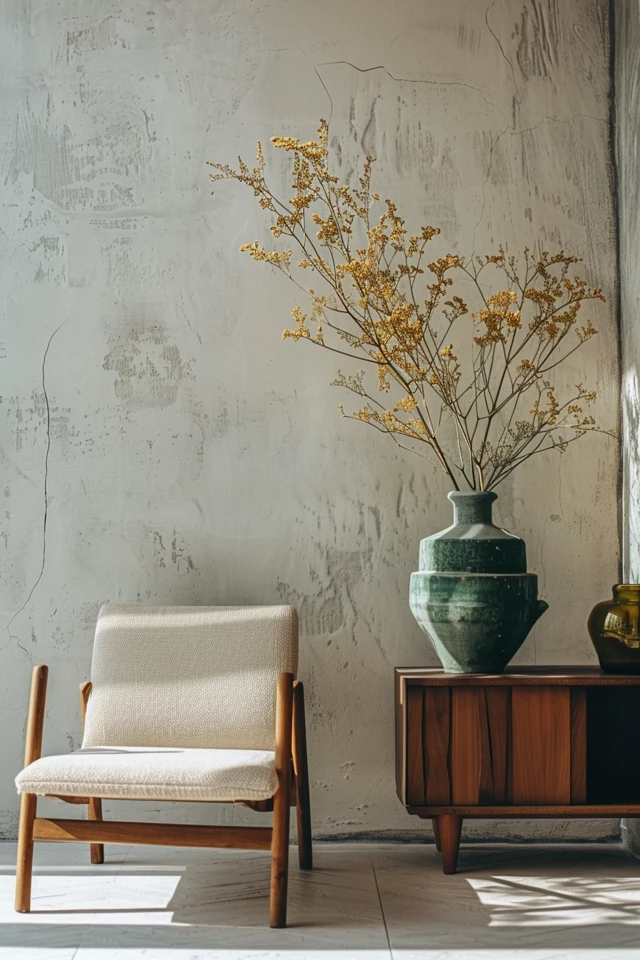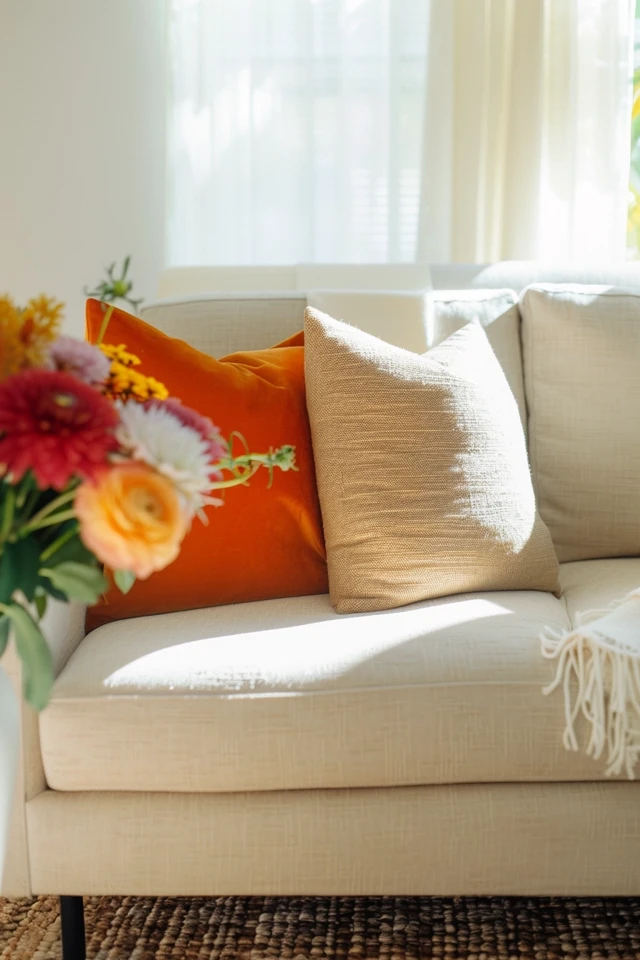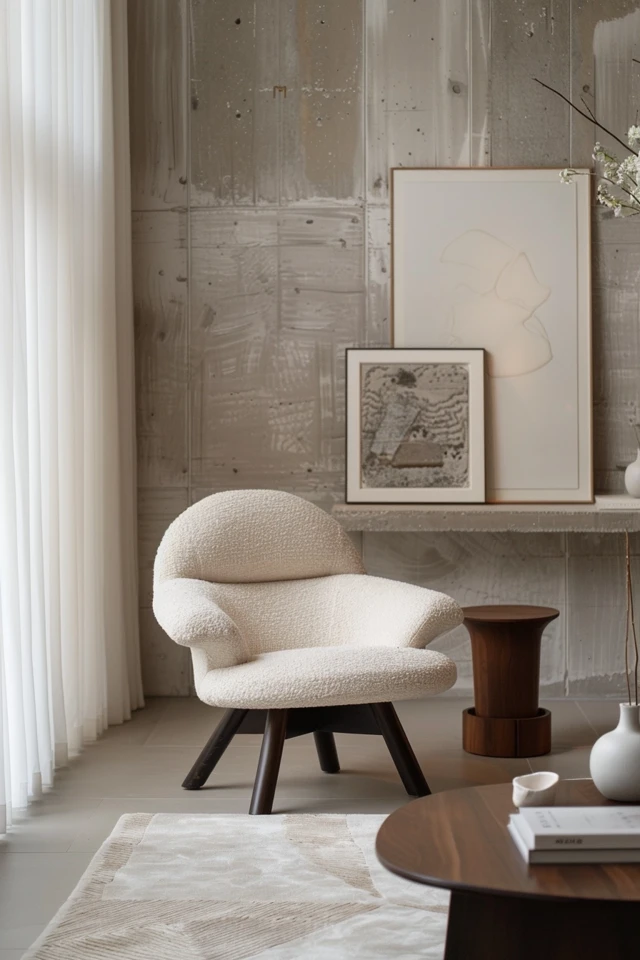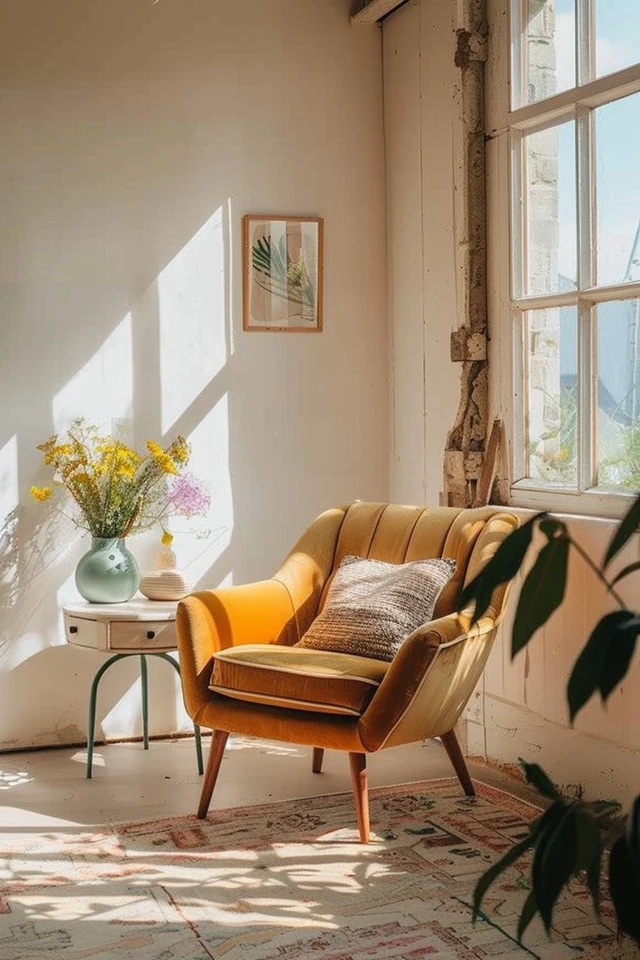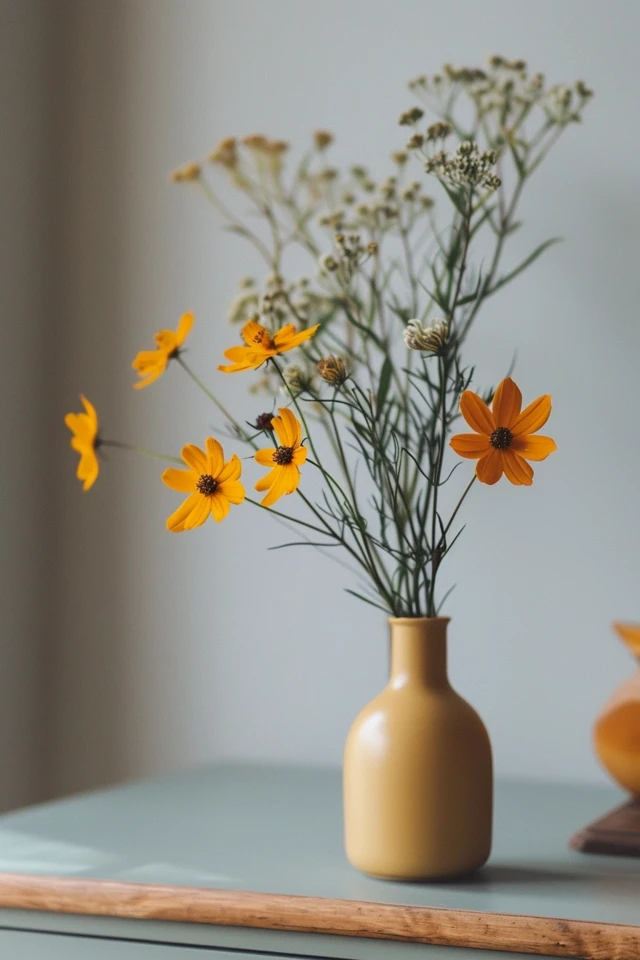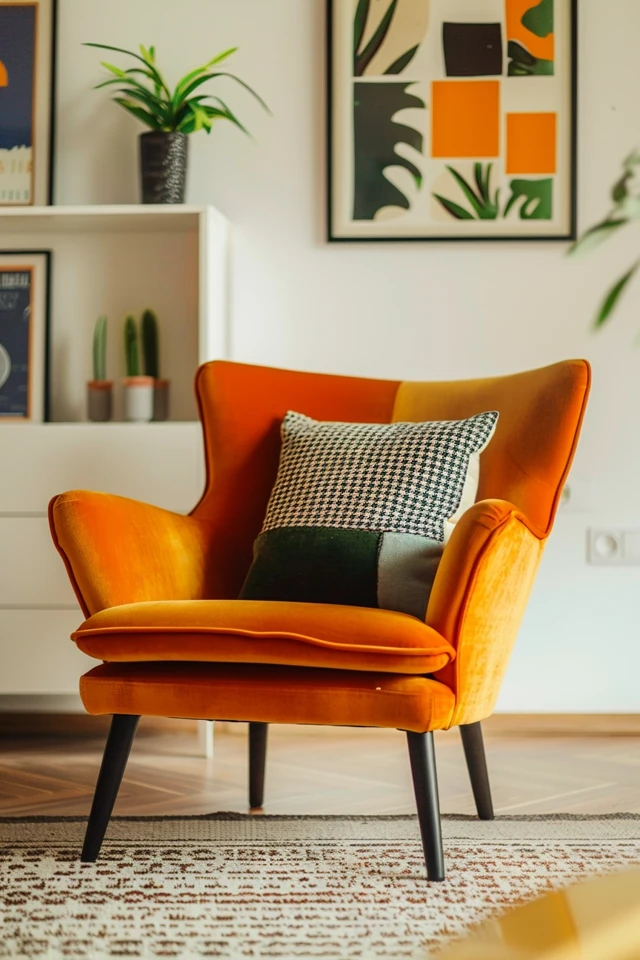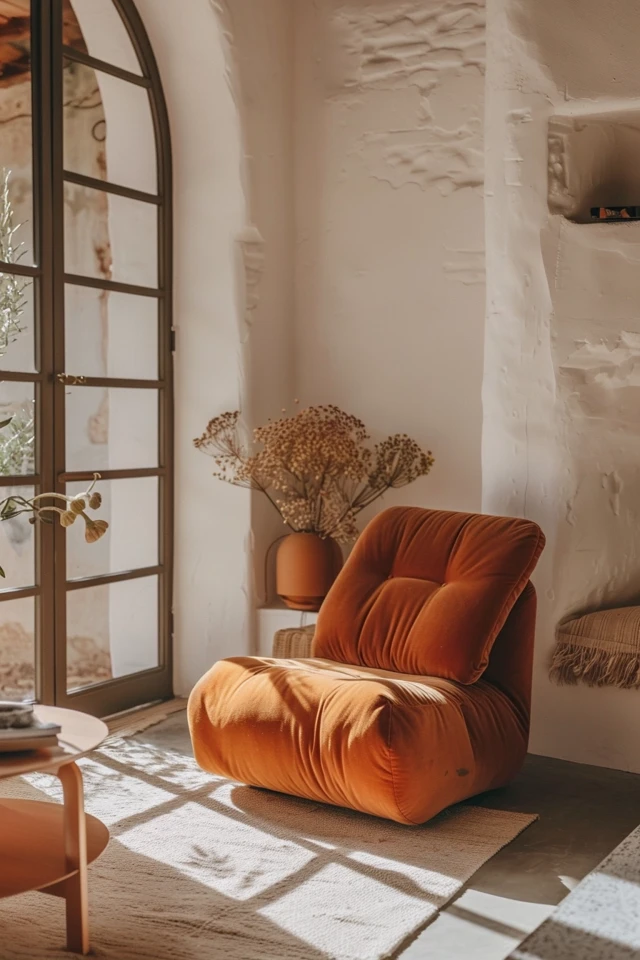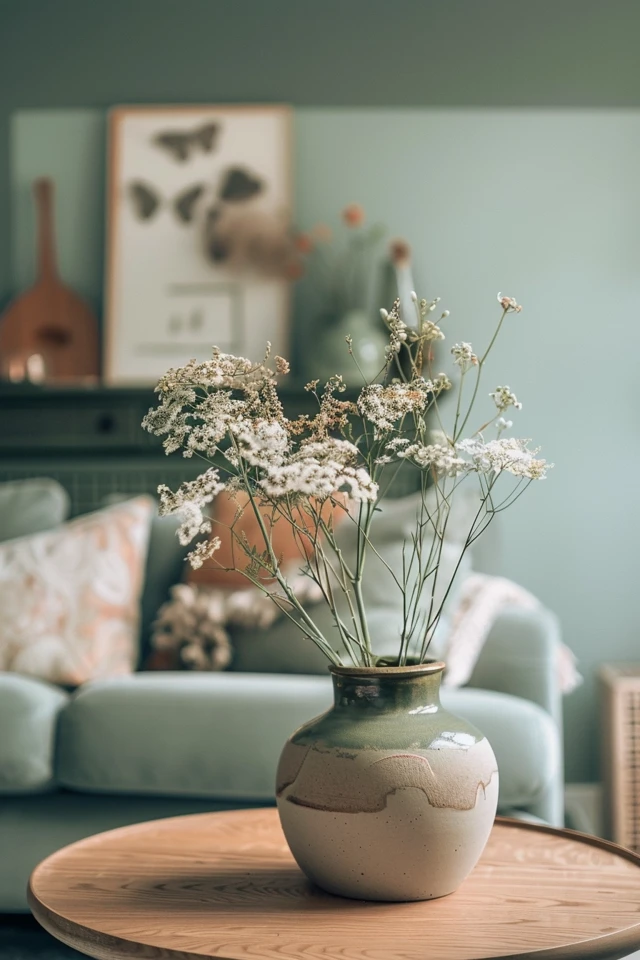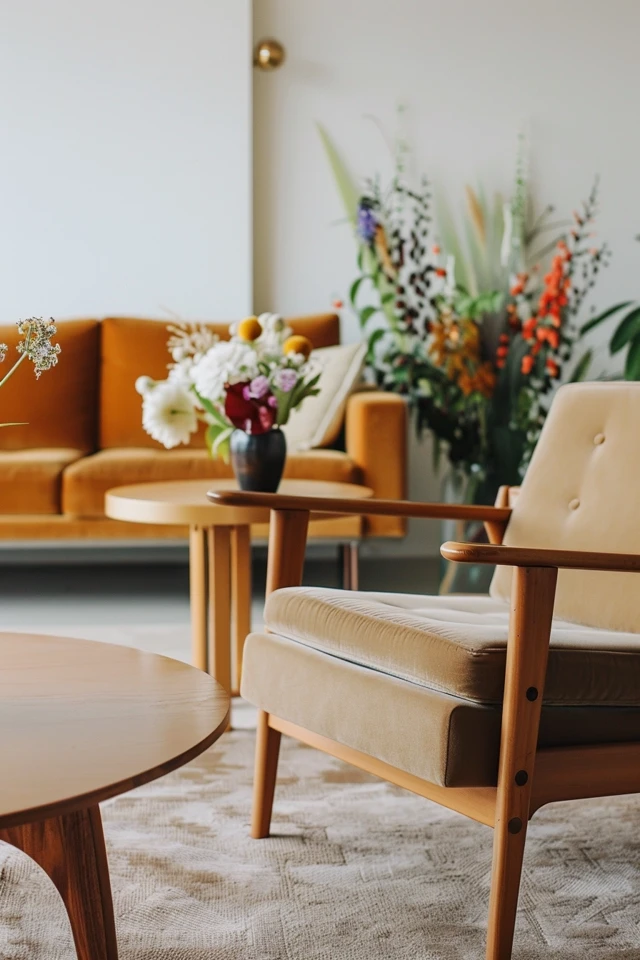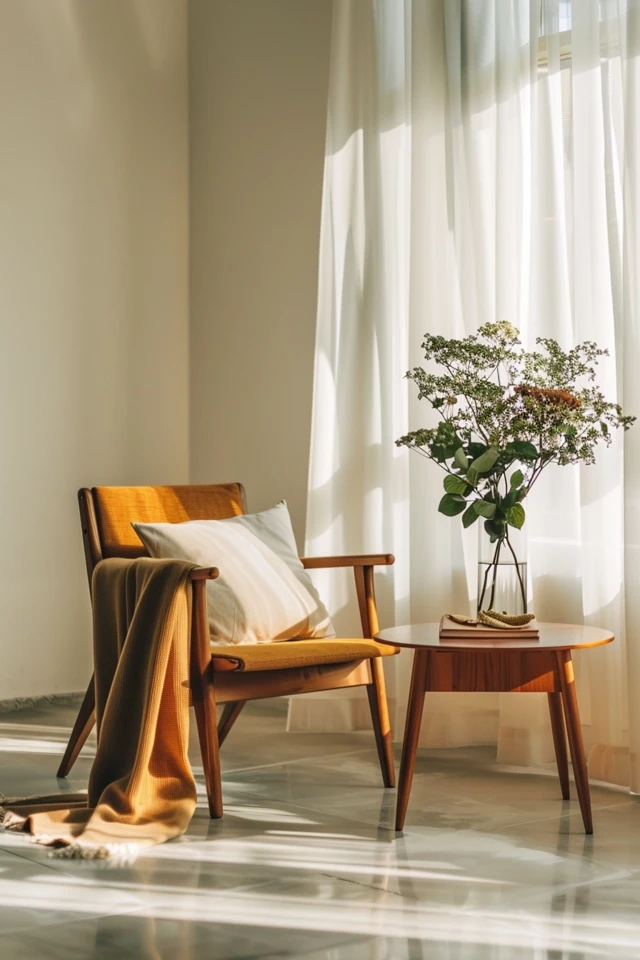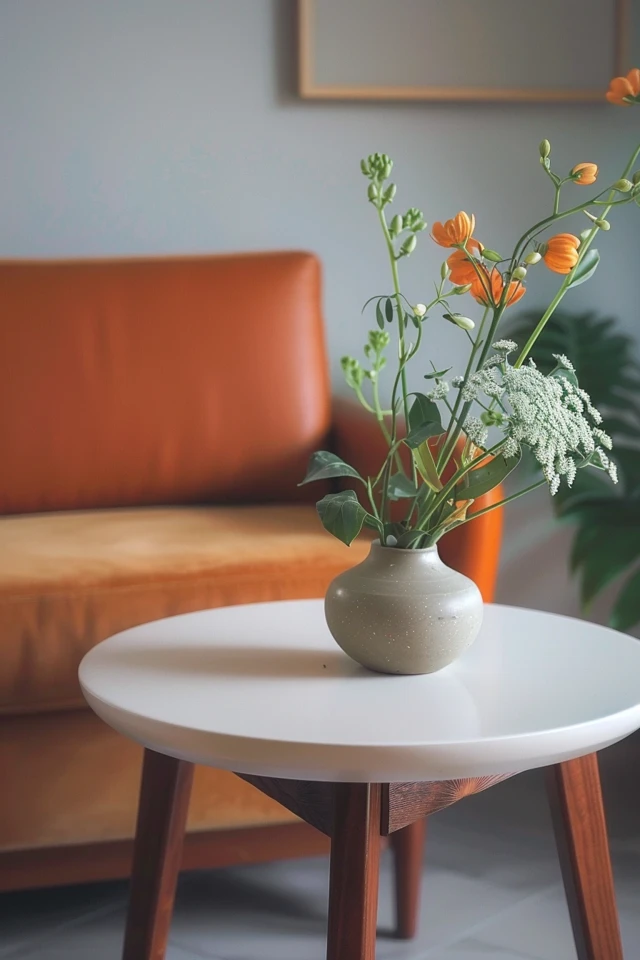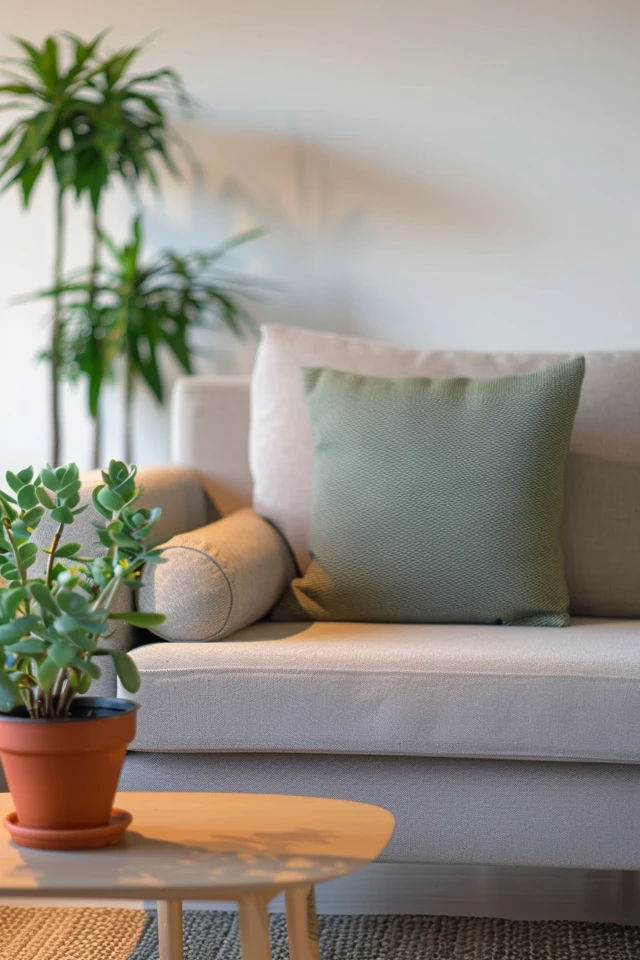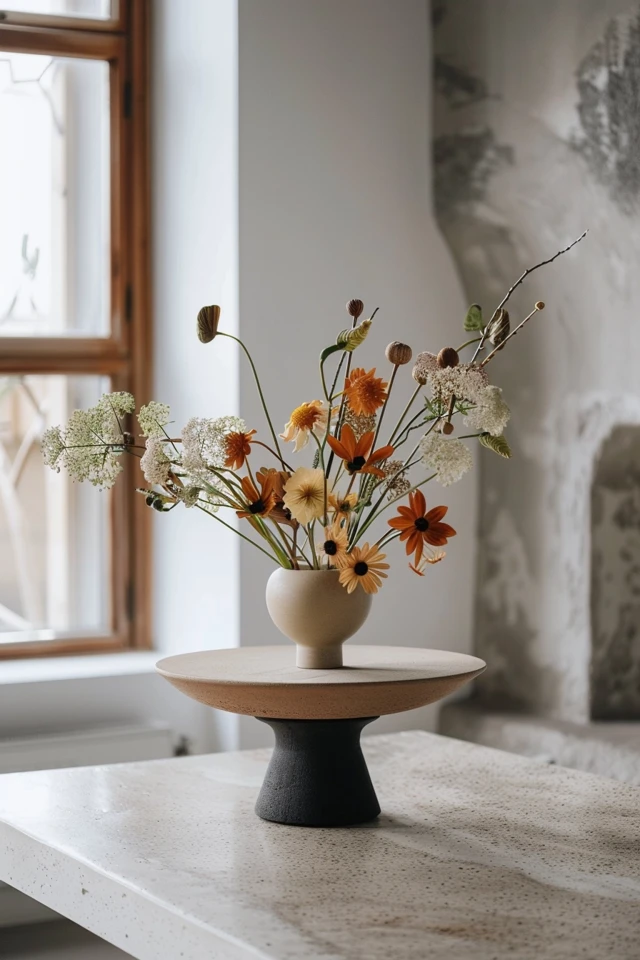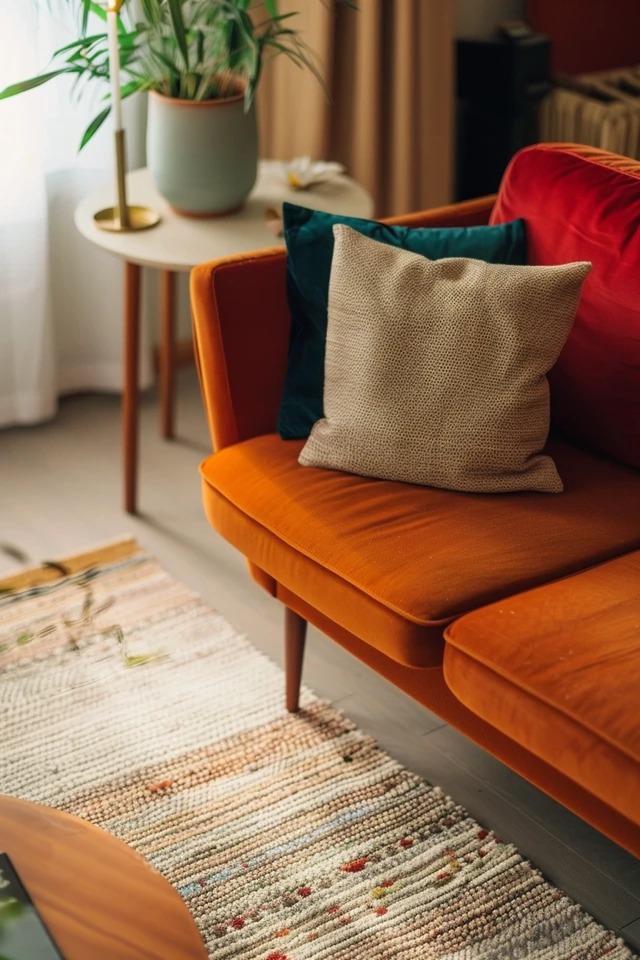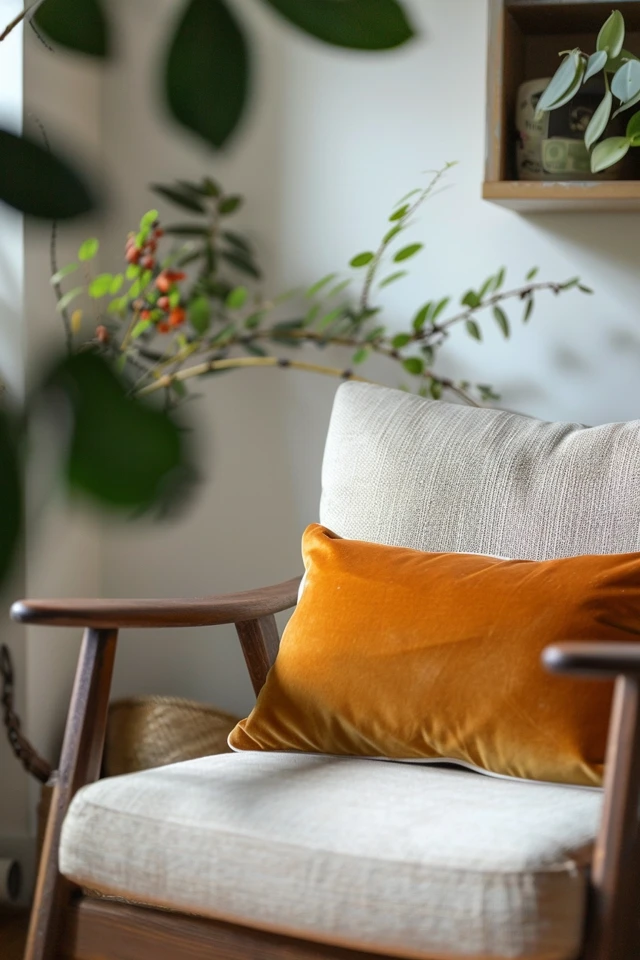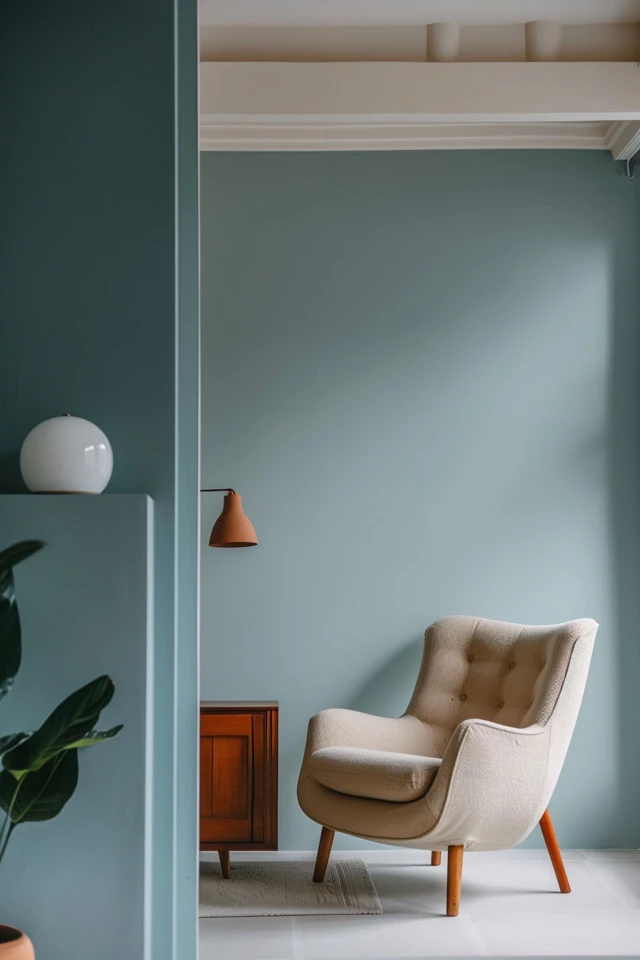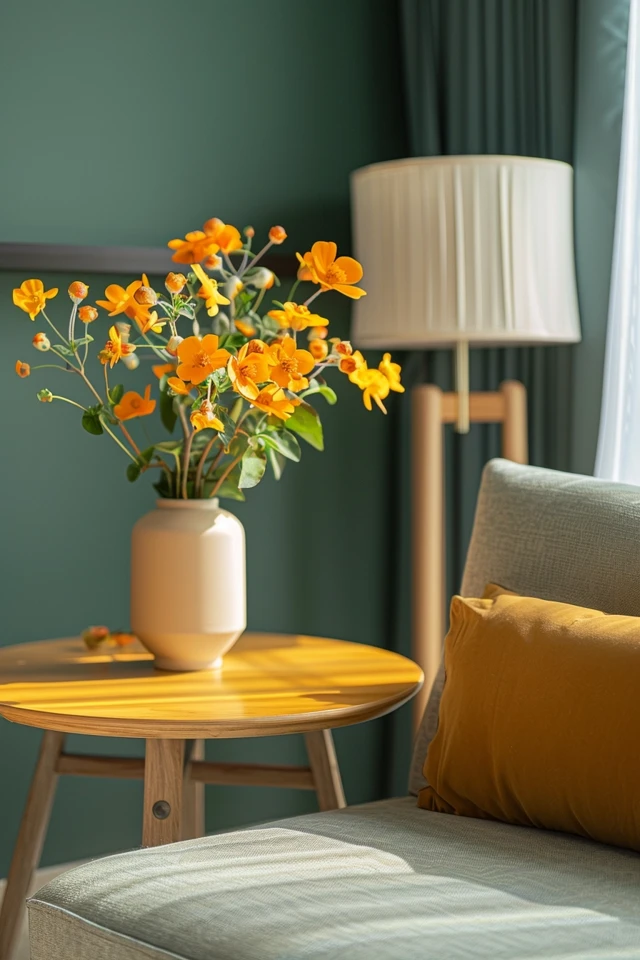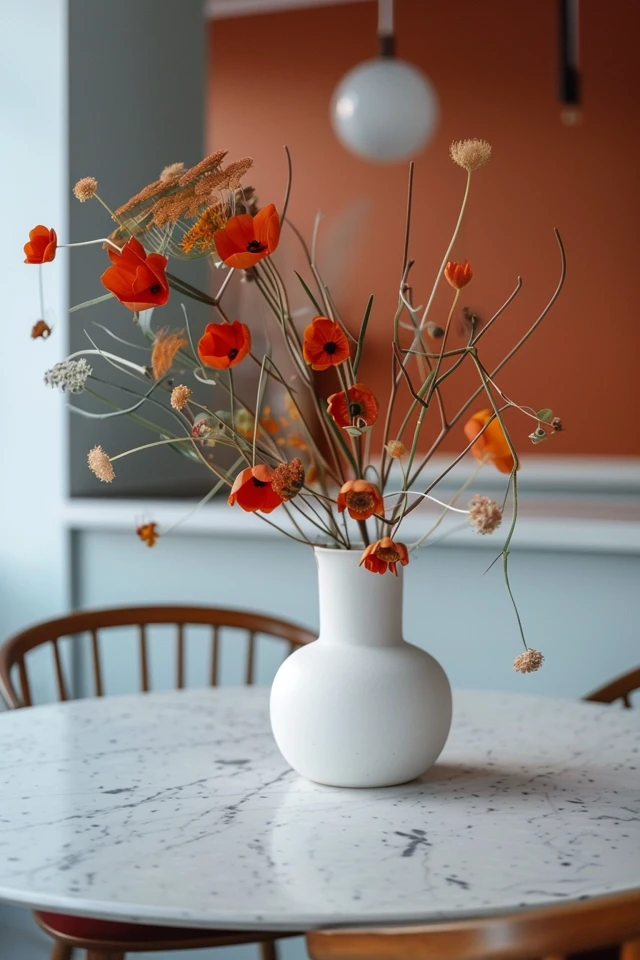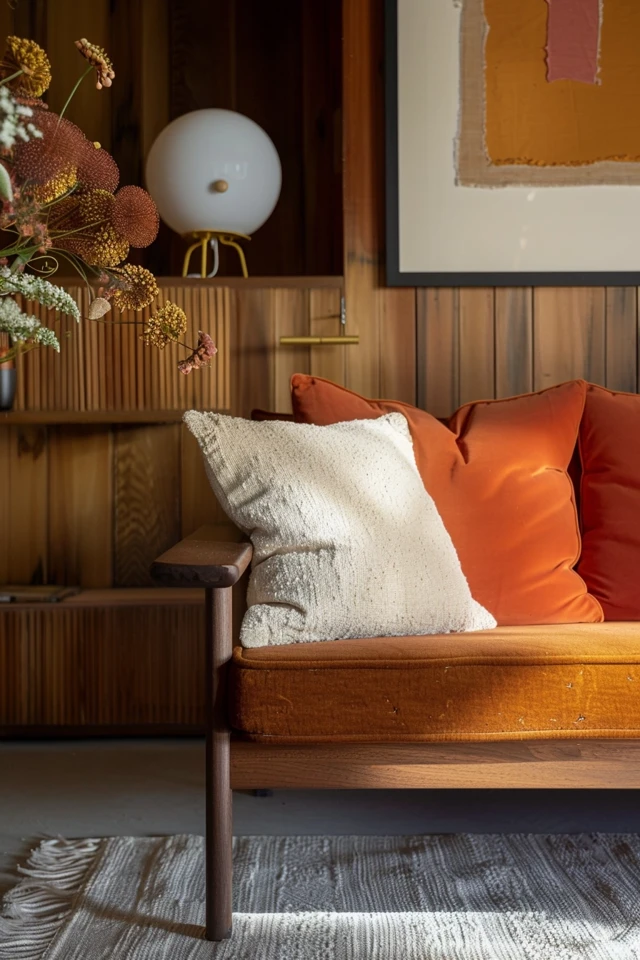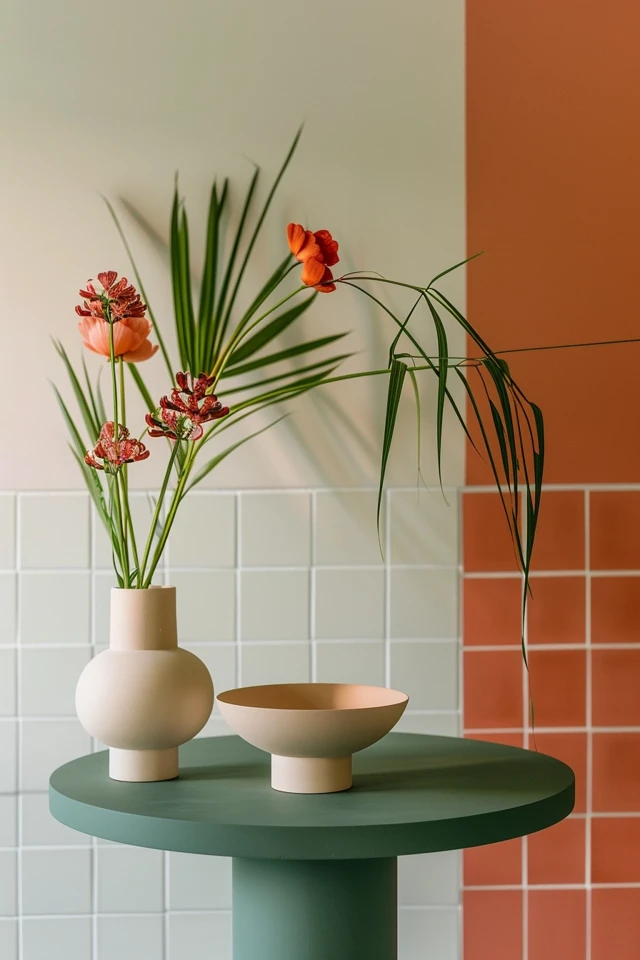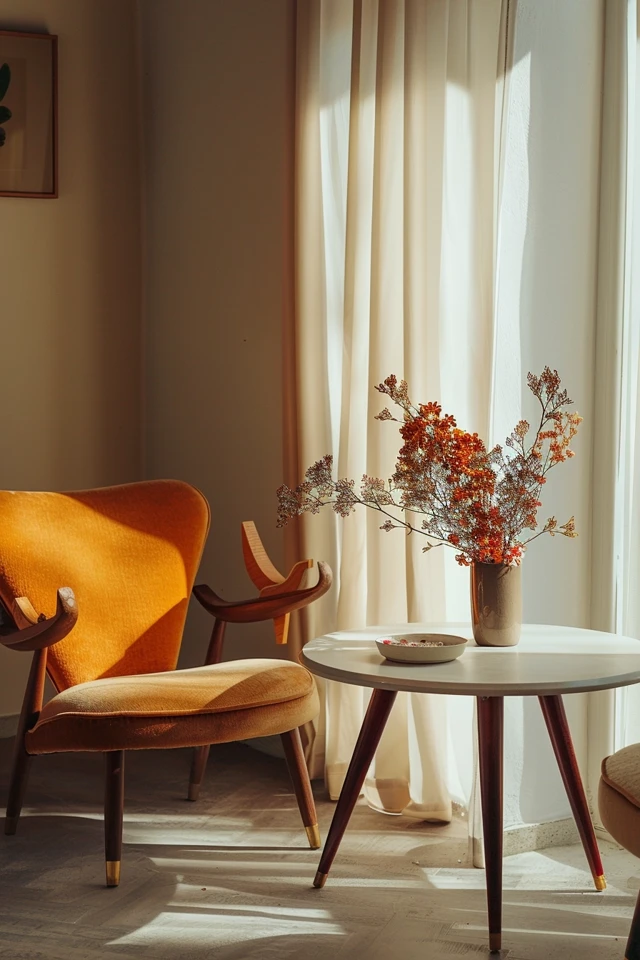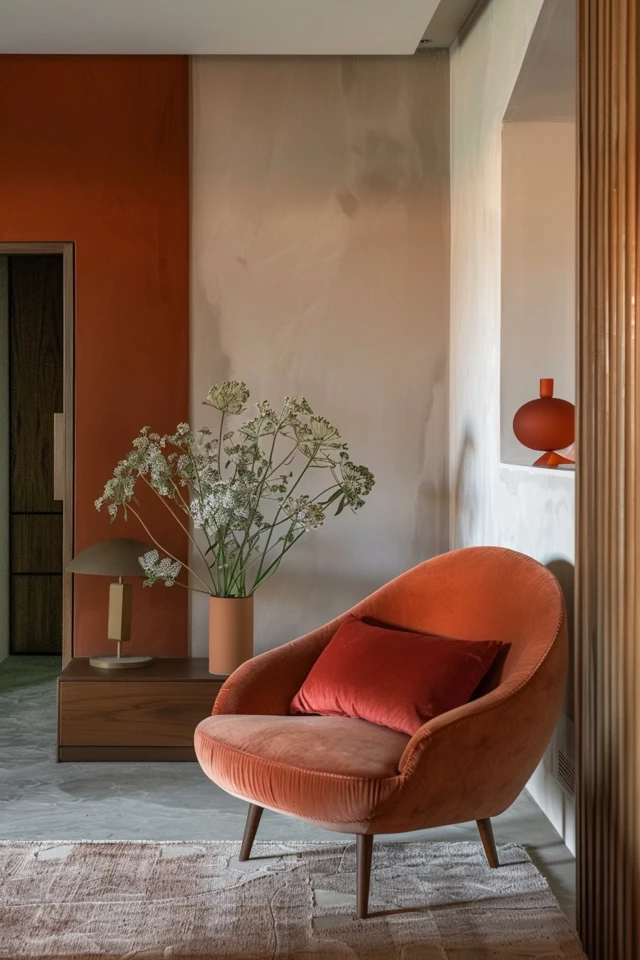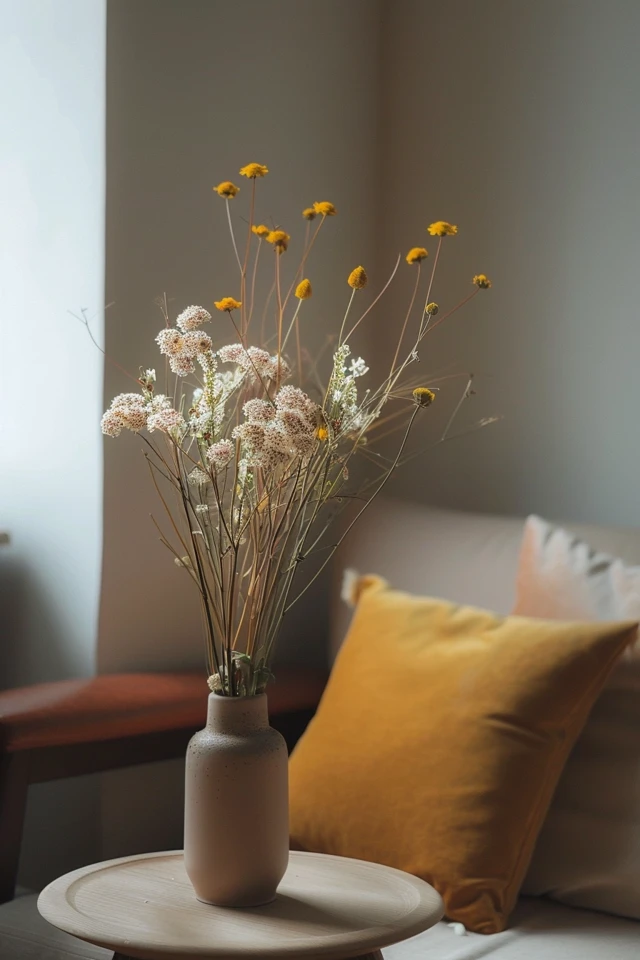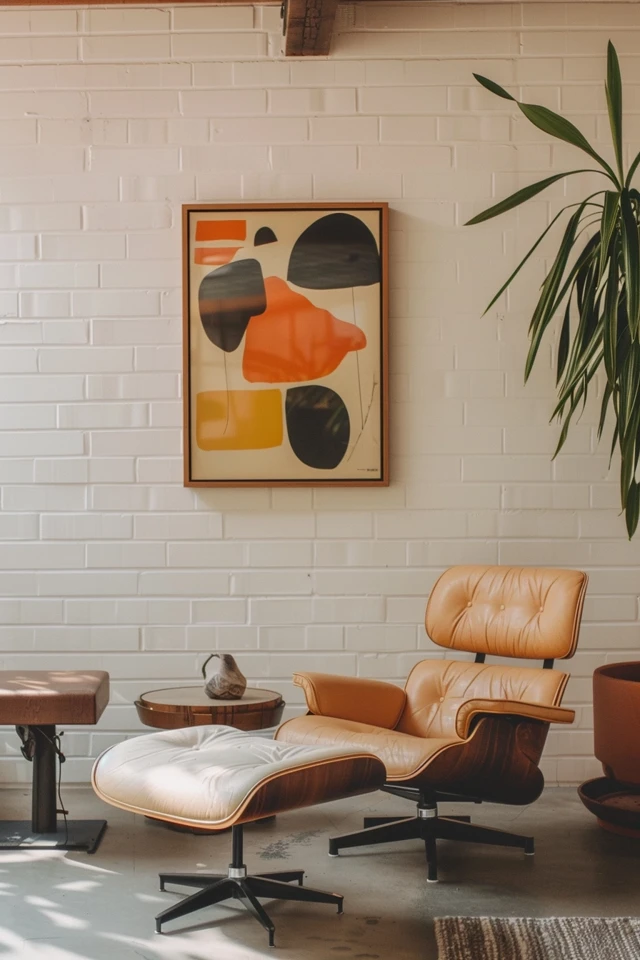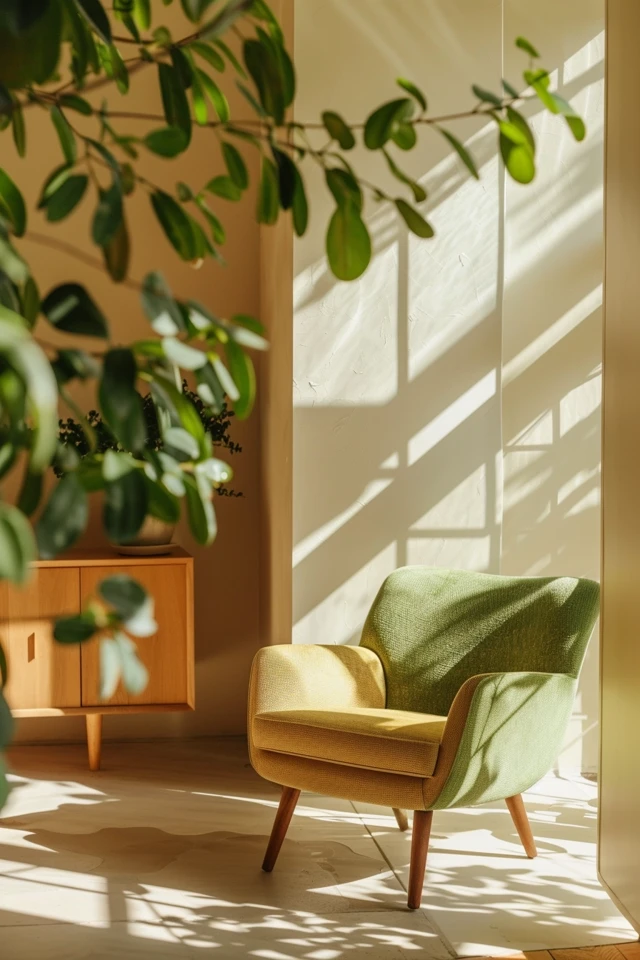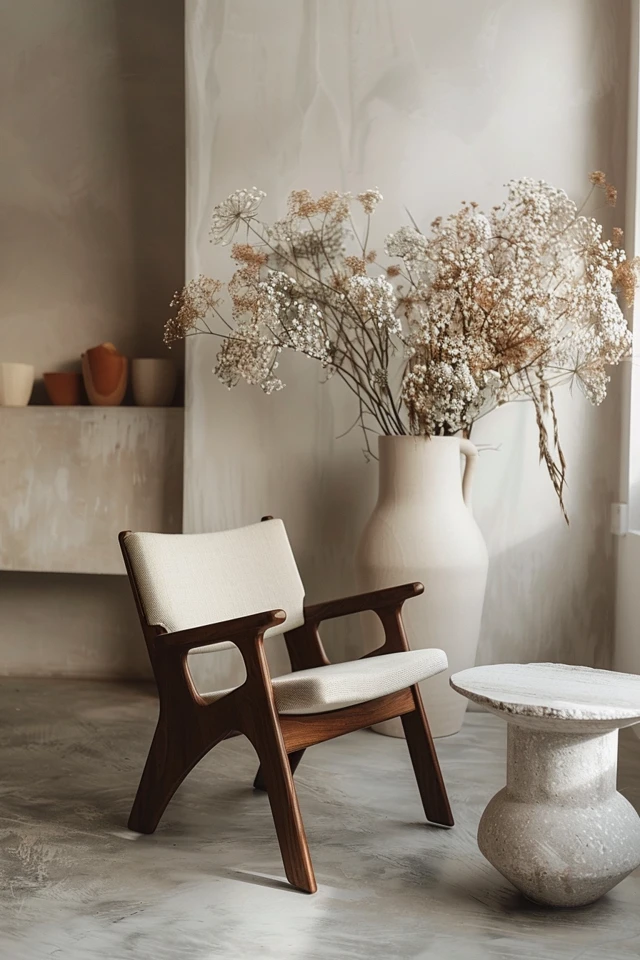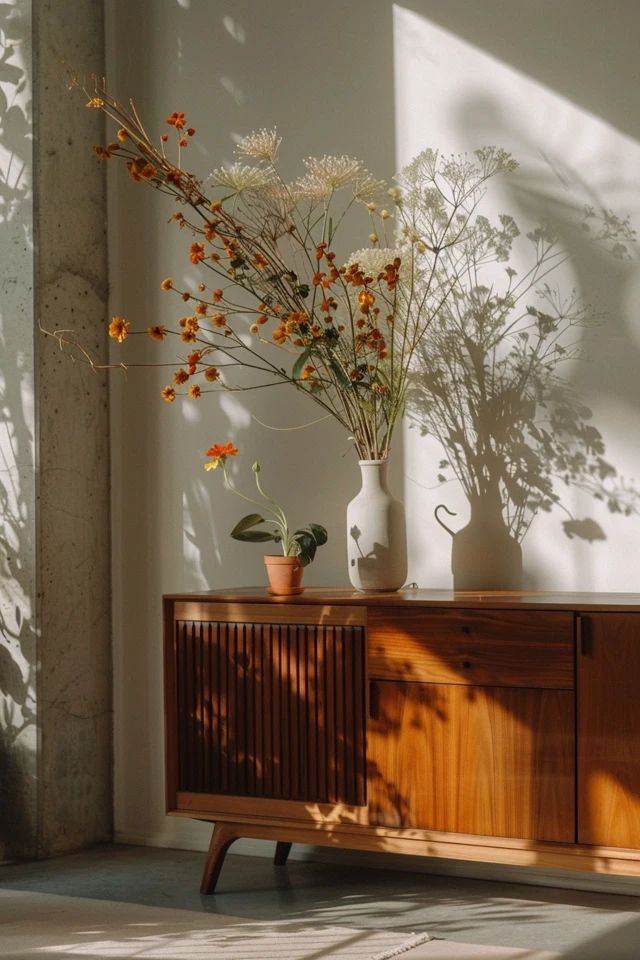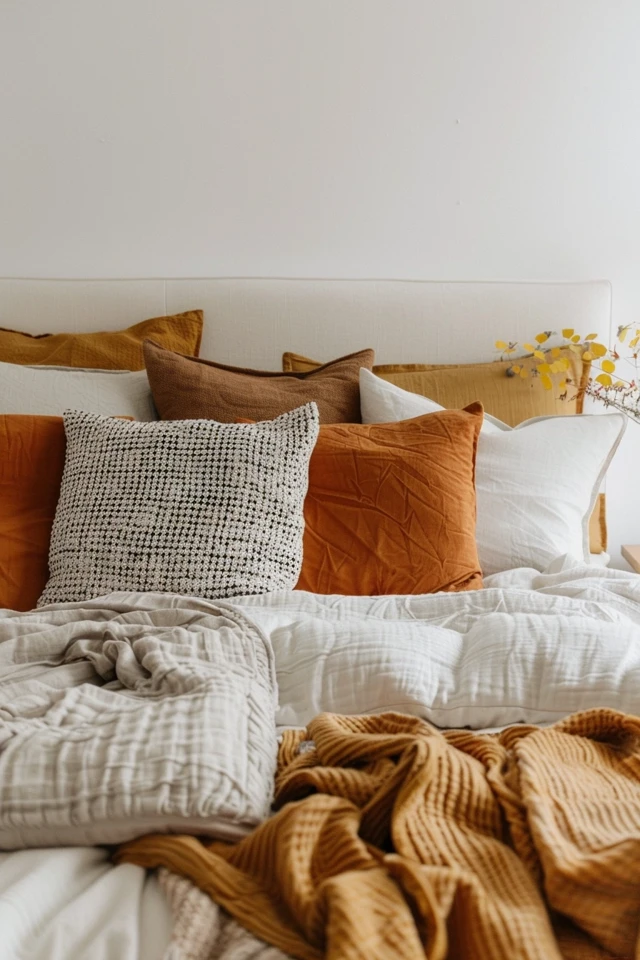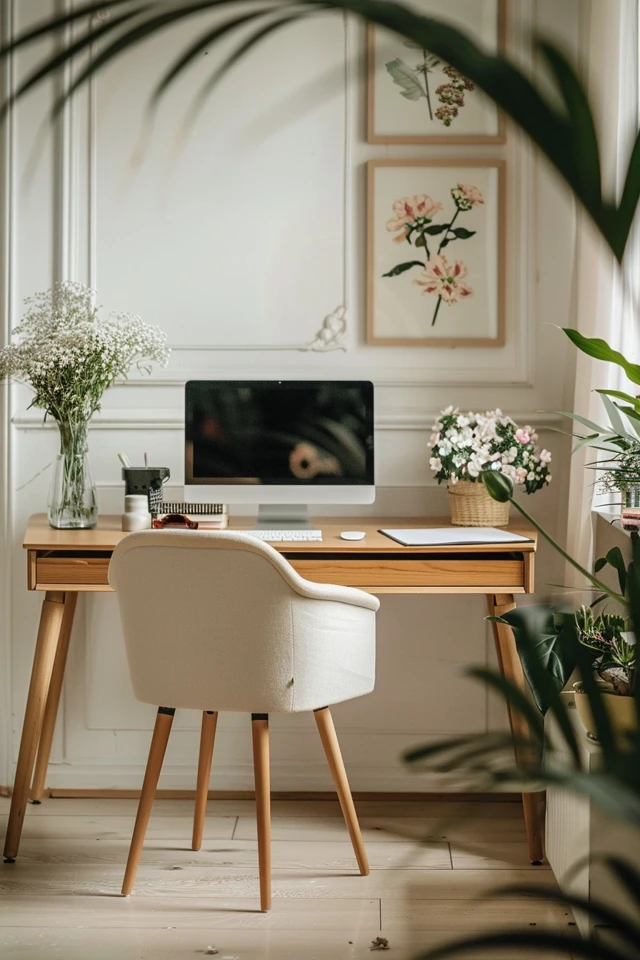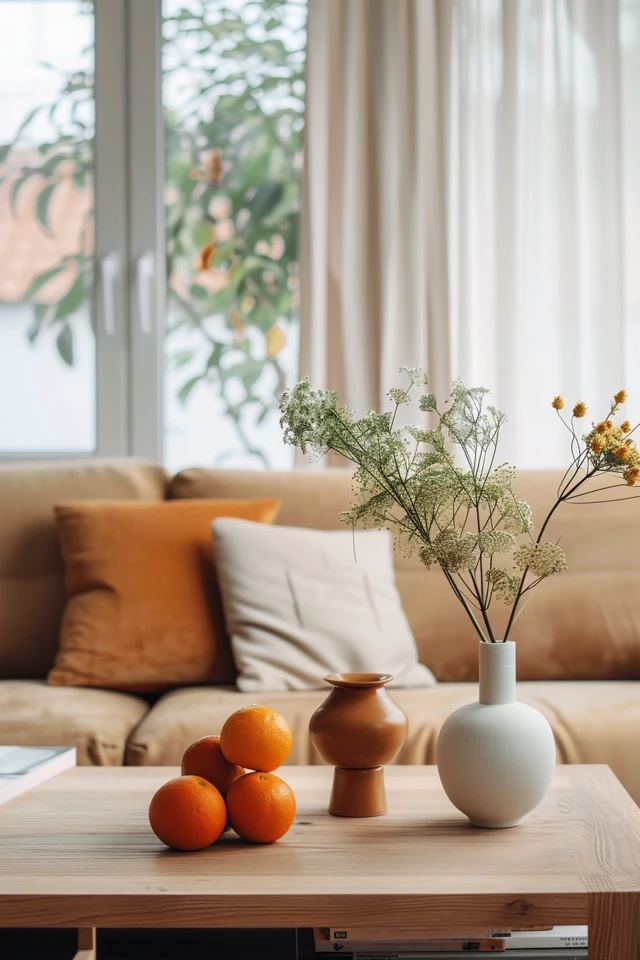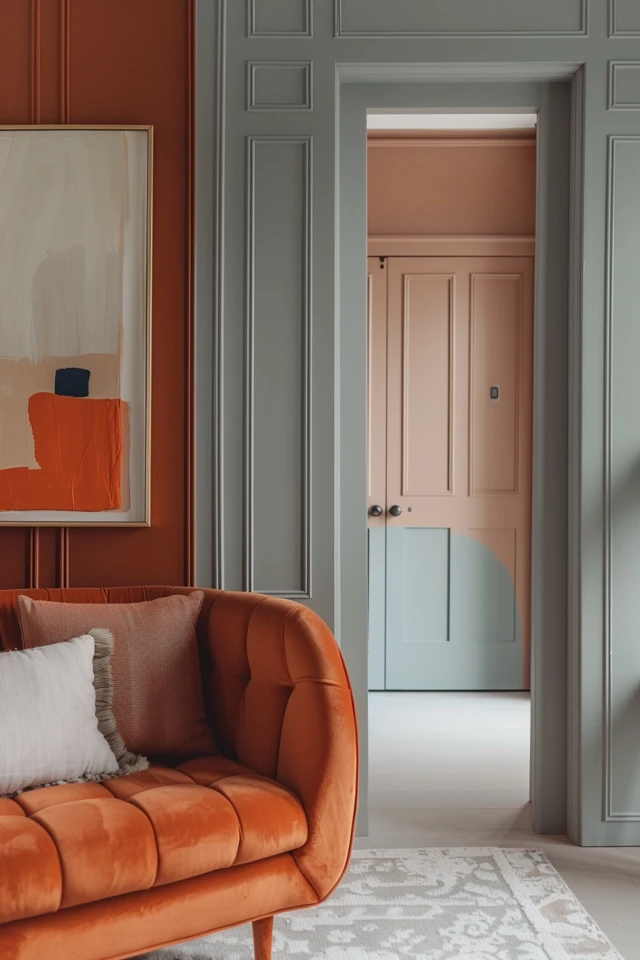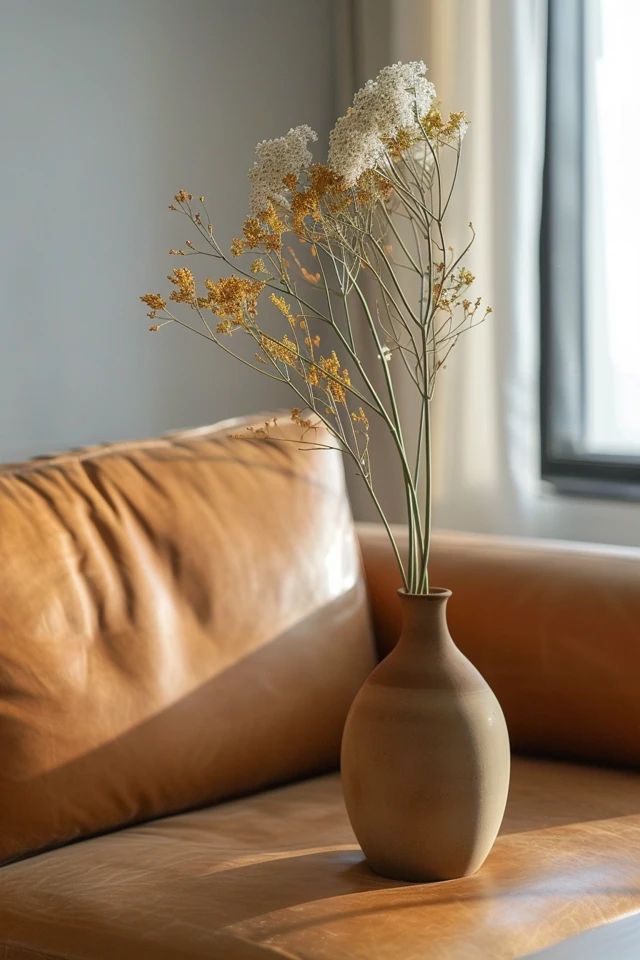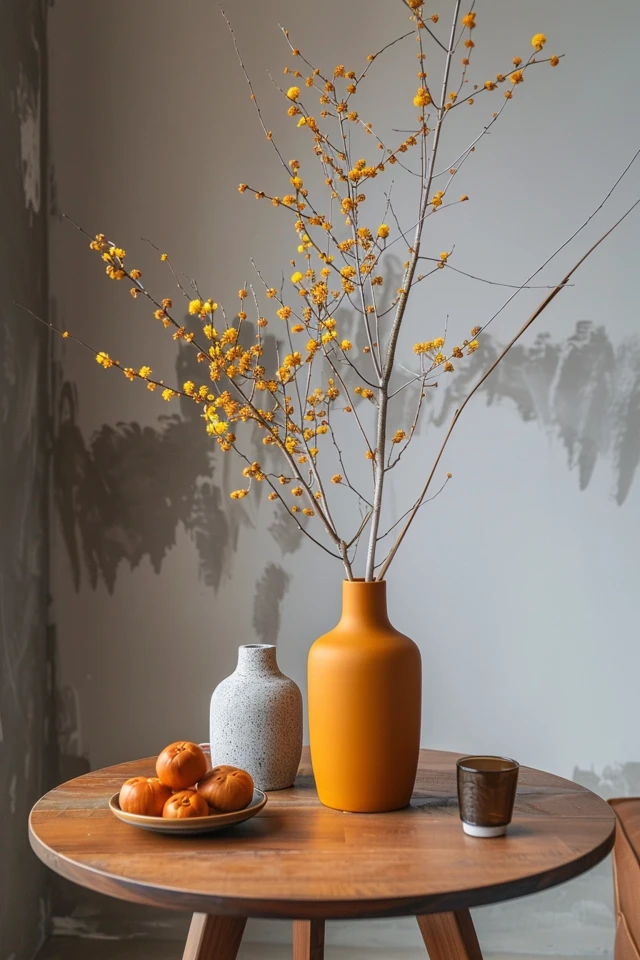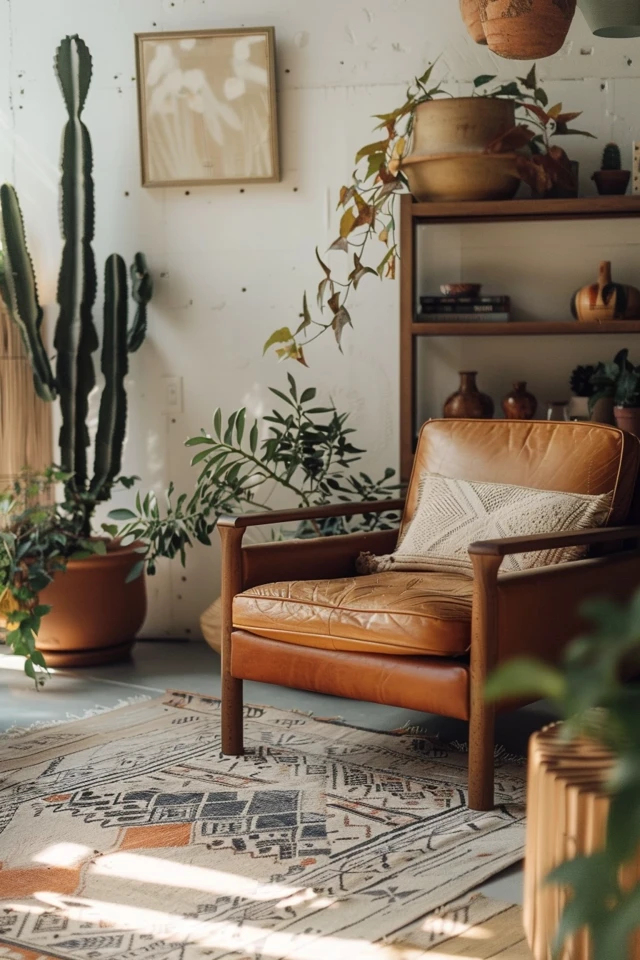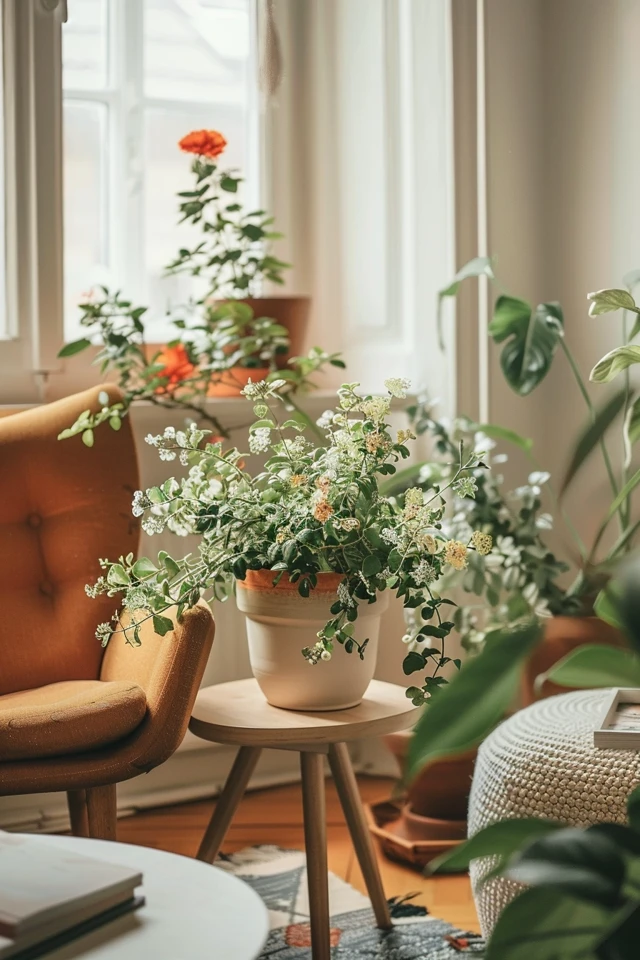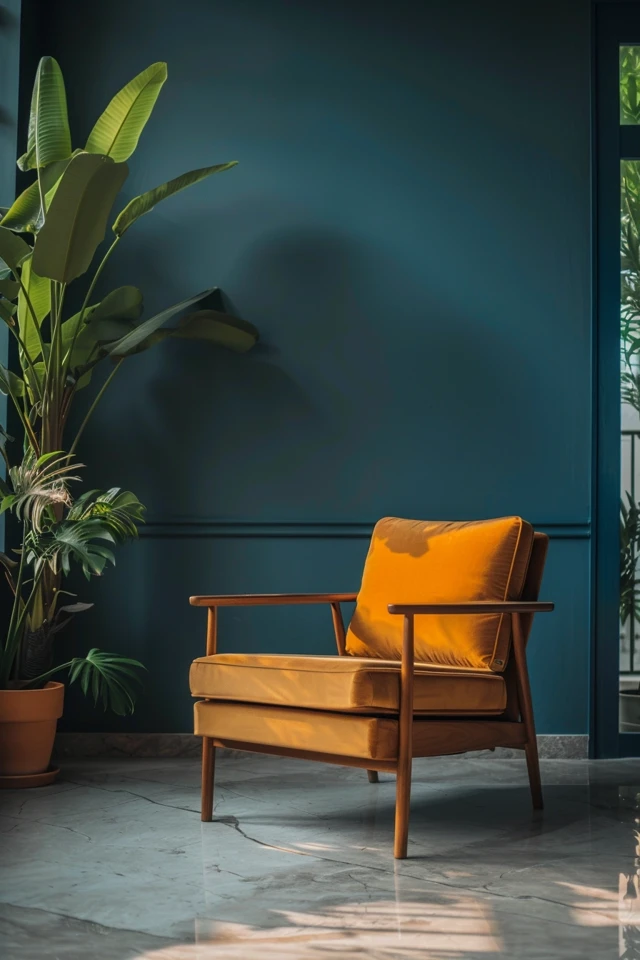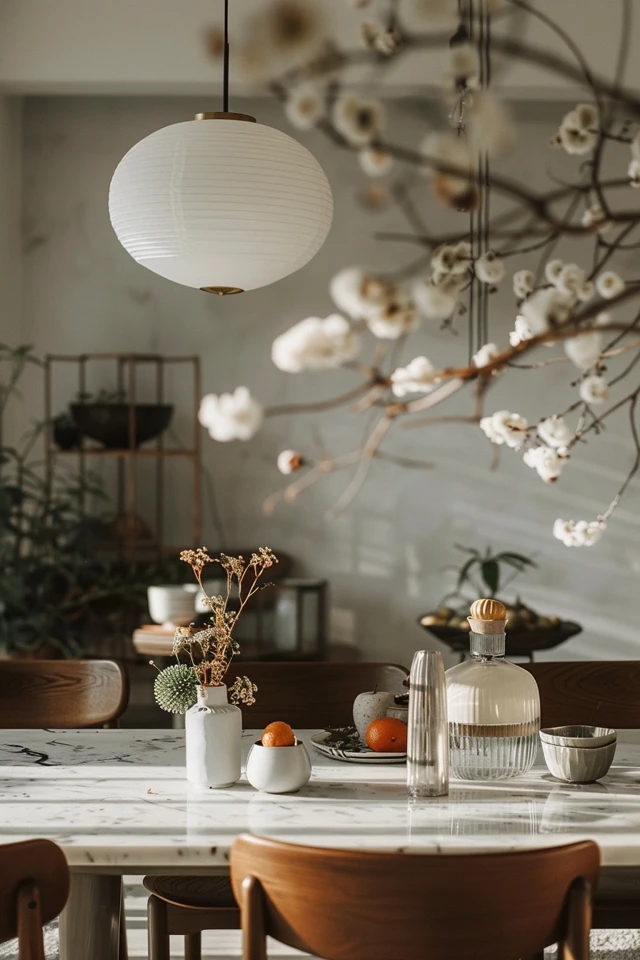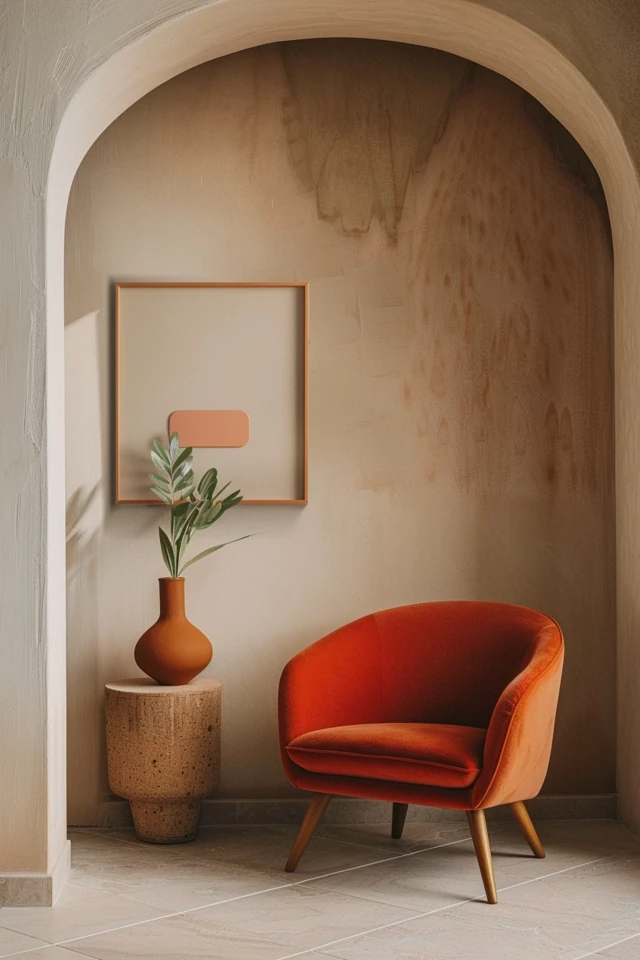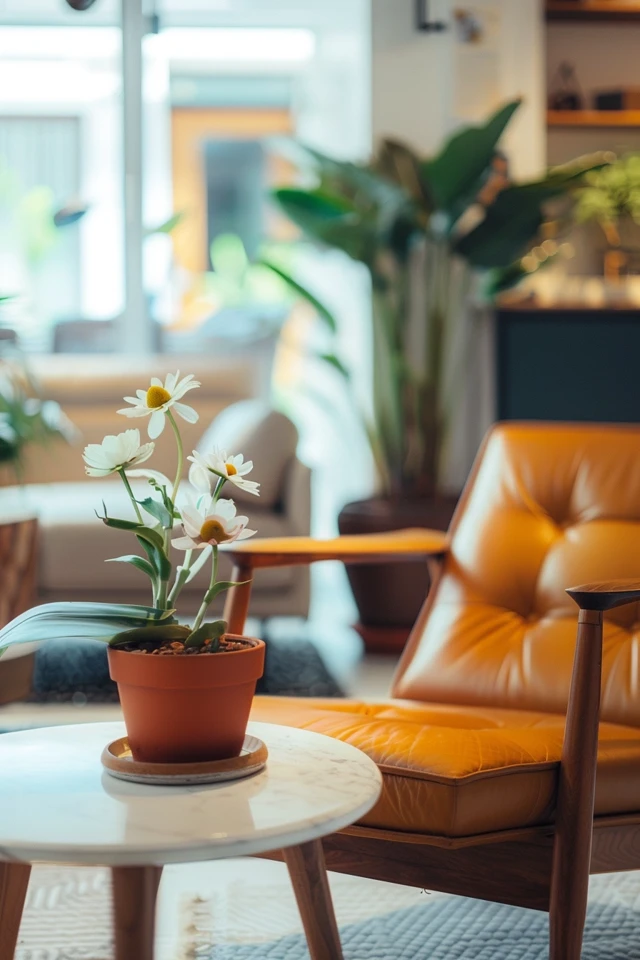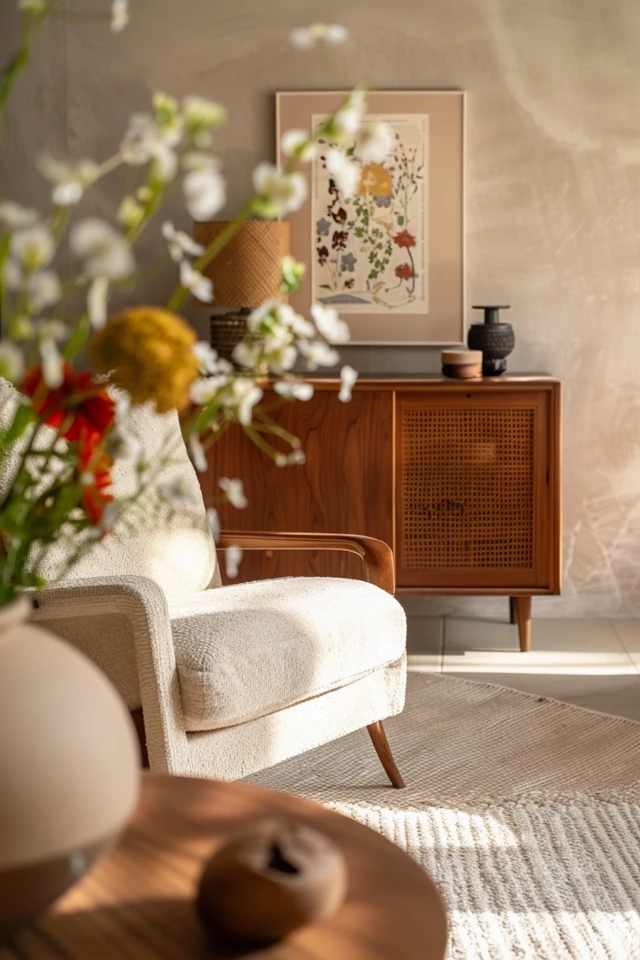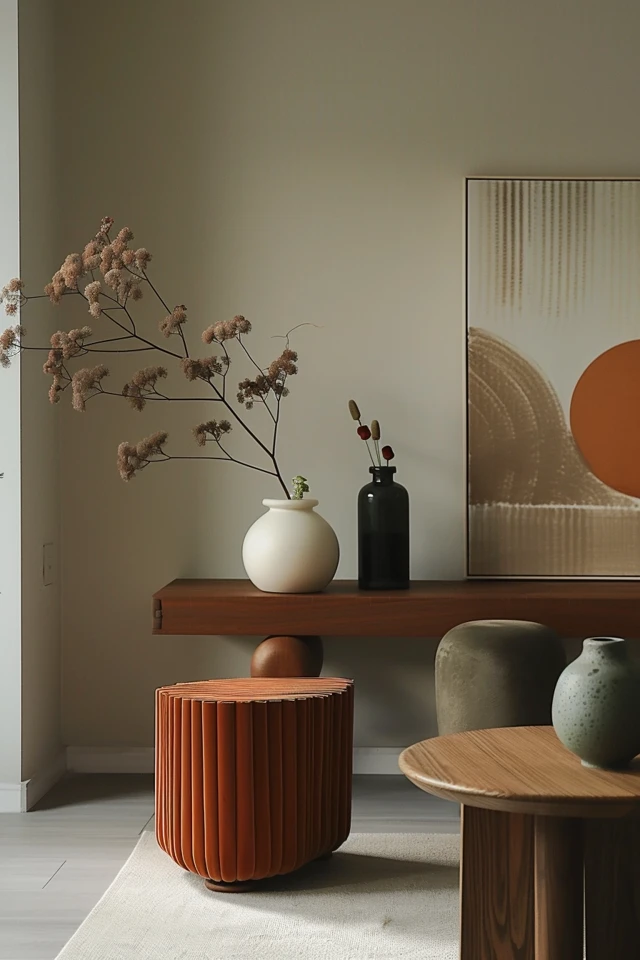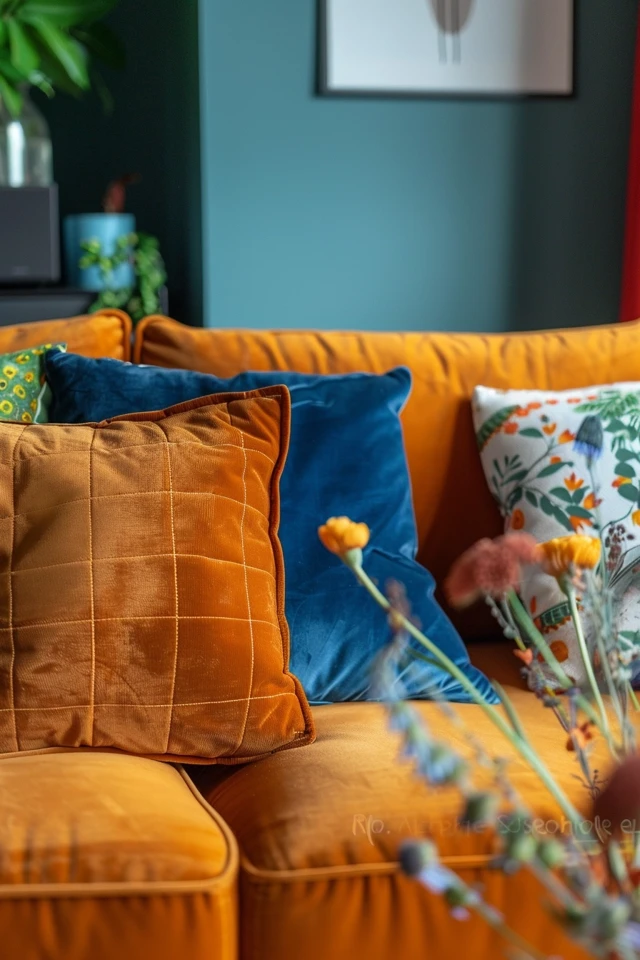Before Reading this Article, Hire Us As Your Designer or Take a Look at My Top 3 Amazon Picks!
If you are looking to blend Amazon's furniture finds with a personalized touch for your space, check out my portfolio, and hire us! You'll get 3 Idea boards, 2 Concept Boards, 2 Realistic Renderings, a Floor Plan, and a Shopping List! Everything's online, plus a 25% discount on your first online interior design project with my Havenly Promo code 4c7441bcfb. With over 2,000 designs since 2017 and top US brand partnerships, your project is in expert hands. US only. Ready to start?
Mid-Century Modern: Interiors, Furniture, Design D...
40% OffOrigami In The Garden
$3.99 (as of January 22, 2025 15:29 GMT -06:00 - More infoProduct prices and availability are accurate as of the date/time indicated and are subject to change. Any price and availability information displayed on [relevant Amazon Site(s), as applicable] at the time of purchase will apply to the purchase of this product.)Hollywood Signs
$9.99 (as of January 22, 2025 15:29 GMT -06:00 - More infoProduct prices and availability are accurate as of the date/time indicated and are subject to change. Any price and availability information displayed on [relevant Amazon Site(s), as applicable] at the time of purchase will apply to the purchase of this product.)Mixing mid-century modern with other design styles can create a unique and personalized aesthetic that reflects your individual taste. This design approach allows you to blend the timeless elegance of mid-century modern with the charm of other styles, resulting in a cohesive and visually appealing space. As an architect and interior designer with expertise in evidence-based design, I can help you achieve a harmonious blend of styles that enhances your home’s overall aesthetic.
Mid-century modern design emphasizes clean lines, functional elements, and a harmonious balance between form and function. When mixing this style with others, it’s essential to find common elements that can tie the different styles together. Whether you’re looking to incorporate rustic, contemporary, bohemian, or Scandinavian influences, the following tips will help you create a seamless and stylish look.
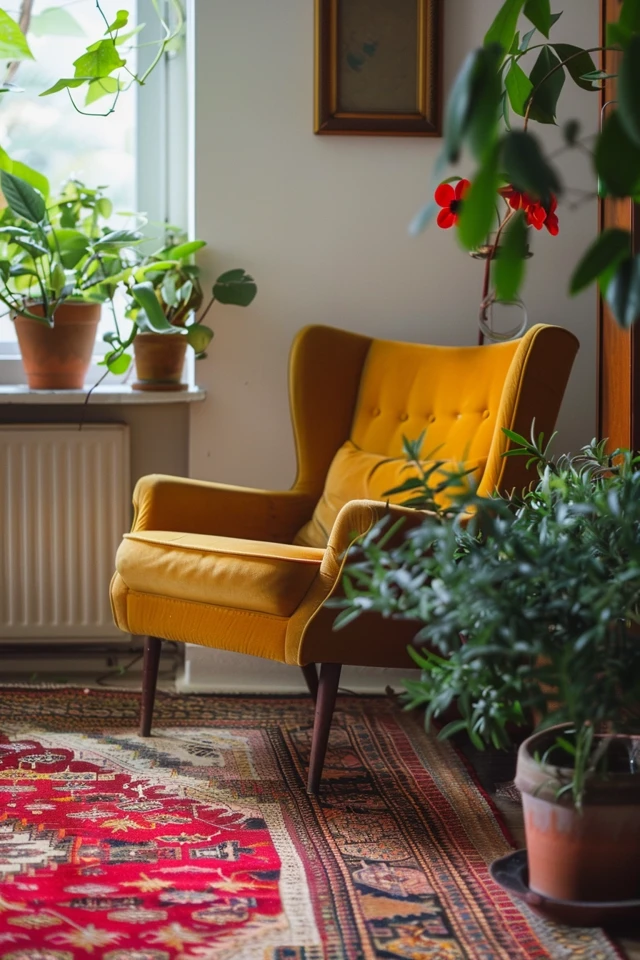
Key Takeaways
- Identify common elements to create a cohesive look.
- Balance proportions and scale for visual harmony.
- Incorporate a neutral color palette with accents from both styles.
- Mix textures and materials to add depth and interest.
- Use transitional pieces to bridge the gap between styles.

1. Identify Common Elements
The first step in mixing mid-century modern with other design styles is to identify common elements that can create a cohesive look. These elements can include color schemes, materials, shapes, or patterns that are present in both styles.
Evidence-based design supports the use of common elements to create a harmonious and visually pleasing environment. For example, if you’re mixing mid-century modern with Scandinavian design, focus on the shared emphasis on simplicity, functionality, and natural materials. Choose furniture and decor that feature clean lines and organic shapes to tie the two styles together.
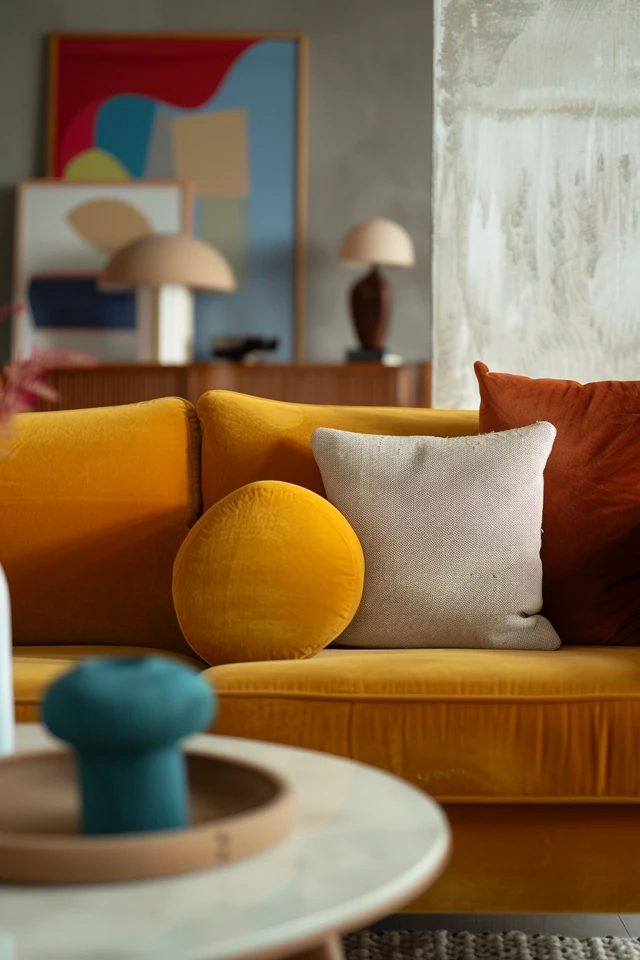
2. Balance Proportions and Scale
Balancing proportions and scale is crucial when mixing different design styles to ensure visual harmony. Pay attention to the size and scale of furniture and decor items to create a balanced and cohesive look.
Evidence-based design highlights the importance of proportion and scale in creating functional and visually pleasing spaces. Avoid overcrowding the room with oversized furniture or too many small accessories. Instead, choose pieces that complement each other in size and scale, creating a sense of balance and flow.

3. Incorporate a Neutral Color Palette
A neutral color palette can serve as a versatile foundation when mixing mid-century modern with other design styles. Shades of white, gray, beige, and brown provide a cohesive backdrop that allows you to incorporate accents from both styles.
Evidence-based design supports the calming effects of neutral colors on mood and well-being. Use neutral hues for larger elements like walls, floors, and furniture, and add pops of color through accessories, artwork, and textiles. This approach creates a harmonious and balanced look that ties the different styles together.
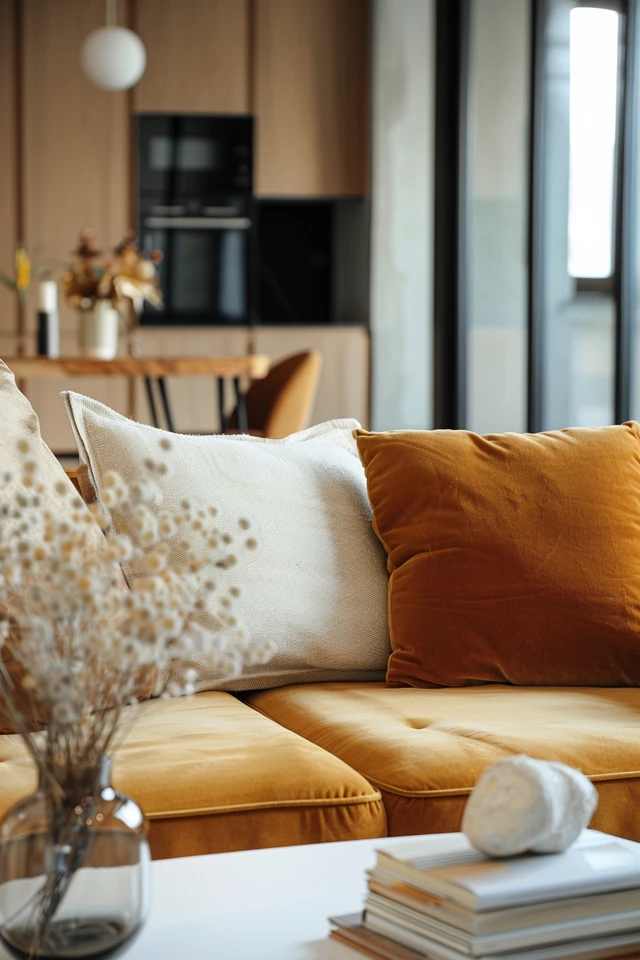
4. Mix Textures and Materials
Mixing textures and materials is a great way to add depth and interest to your decor while blending different design styles. Incorporate a variety of textures, such as wood, metal, glass, and textiles, to create a dynamic and engaging environment.
Evidence-based design emphasizes the importance of tactile elements in enhancing sensory experiences. For example, if you’re mixing mid-century modern with rustic design, combine sleek wooden furniture with rugged stone accents and soft textiles. This combination adds richness and warmth to your space while maintaining a cohesive look.
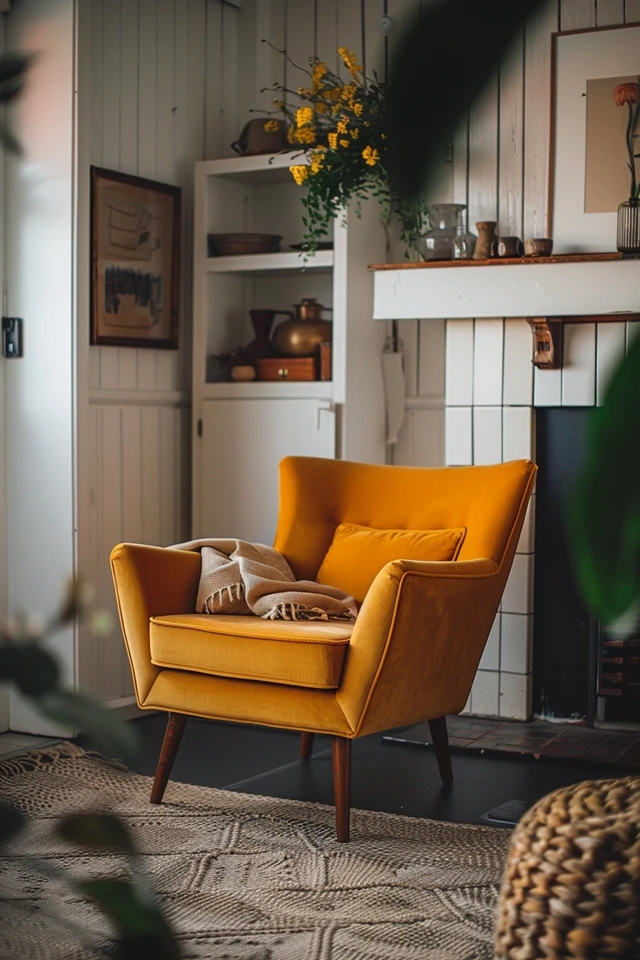
5. Use Transitional Pieces
Transitional pieces can help bridge the gap between different design styles, creating a seamless and harmonious look. These pieces often feature elements from both styles, making them versatile and adaptable.
Evidence-based design supports the use of transitional pieces to create a cohesive and visually appealing environment. For example, if you’re mixing mid-century modern with contemporary design, choose furniture with clean lines and modern finishes, such as a sleek leather sofa or a glass coffee table. These pieces can serve as a bridge between the two styles, tying the room together.
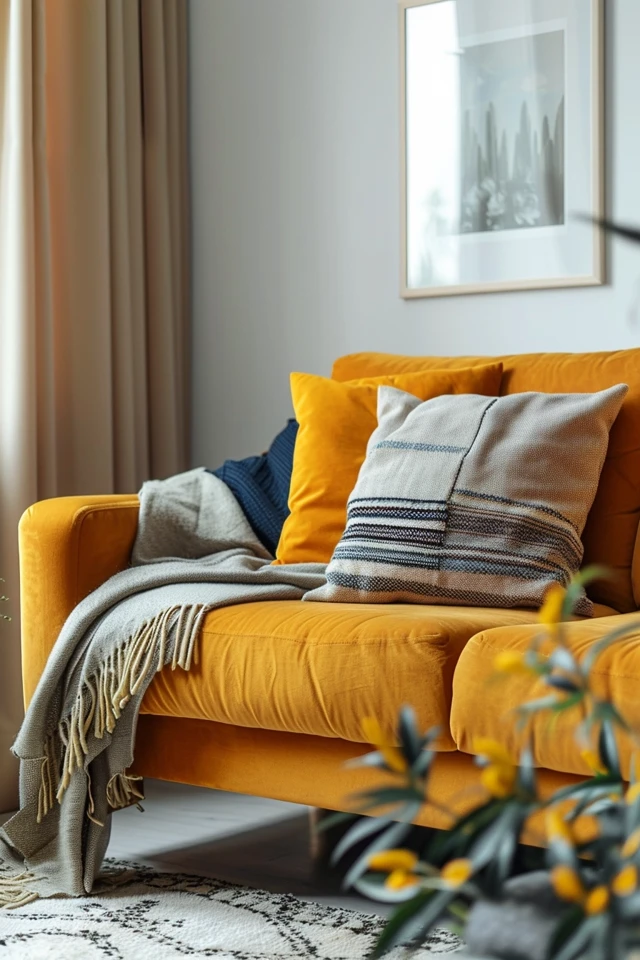
Conclusion
Mixing mid-century modern with other design styles involves identifying common elements, balancing proportions and scale, incorporating a neutral color palette, mixing textures and materials, and using transitional pieces. By following these principles, you can create a cohesive and visually appealing space that reflects your individual taste and style.
As an architect and interior designer with expertise in evidence-based design, I encourage you to explore these tips and make informed choices that elevate your home’s aesthetic. A well-balanced mix of mid-century modern and other design styles can improve your quality of life, boost your mood, and provide a welcoming environment for you and your guests.
Remember, the key to successful design is to create a balance between aesthetics and functionality. By following these tips, you can achieve a home that is not only visually stunning but also a joy to live in. Happy decorating!
Inspirational Pictures
